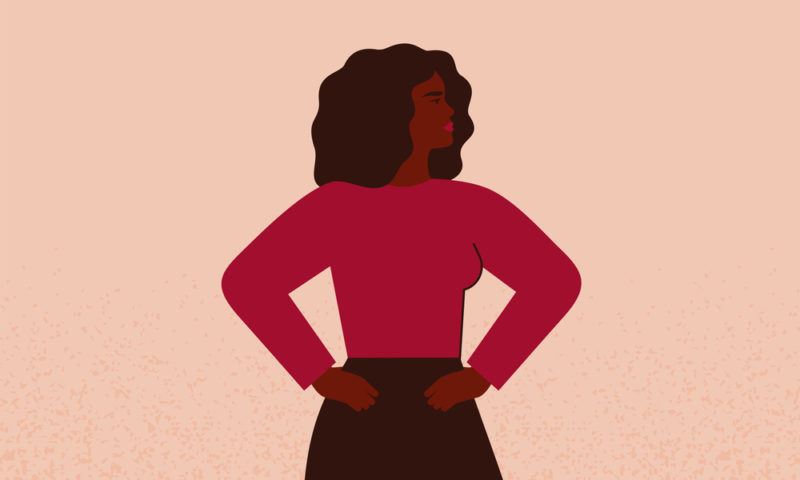Professionalism isn’t just about choice of attire—it encompasses diversity and personal discussions too. As people return to the office, the topic promises to get complicated. Here are some tips on how to navigate.
 After a year and a half of people regularly wearing dress shirts with sweatpants, you weren’t expecting everything to go back to the way it was in the office before the pandemic, were you?
After a year and a half of people regularly wearing dress shirts with sweatpants, you weren’t expecting everything to go back to the way it was in the office before the pandemic, were you?
The pandemic and other major events over the past year shifted expectations for what professionalism means. As offices reopen—and as some workers stay remote—this multidimensional issue gives leaders a lot to think about. Here are some considerations for organizations trying to discover what “professional” means to them now:
See professionalism through the lens of DEI. Being professional in a work environment might be seen as a basic requirement, but the guidelines of what exactly constitutes professionalism have traditionally forced people to behave in a way that caters to the dominant culture. In recent years, however, some cultural observers, such as Stanford Social Innovation Review contributor Aysa Gray, have questioned professionalism as forcing a culture that “explicitly and implicitly privileges whiteness and discriminates against non-Western and non-white professionalism.” With that in mind, now might be a good time to consider whether professional standards are serving all of your workforce.
Make room for discussions of family and personal challenges. Millions of people contracted COVID-19, and there’s a good chance that the virus directly affected some in your office. But even if they remained physically healthy, your employees may have suffered in other ways—mental health and substance abuse issues were heightened during this period, and those concerns don’t necessarily vanish with a vaccine. Traditionally, “professionalism” has discouraged these discussions, based on a theory called Protestant Relational Ideology, which sets aside personal concerns to focus on the work at hand. But after a tough year where many families had to manage Zoom calls around children stuck at home, there may need to be more room for personal discussions when they emerge in the workplace.
Accept that difficult discussions might happen. Perhaps it was inevitable that a company like Basecamp would run into a conflict over political discourse in the workplace (ironically, this unfolded on the platform the company developed to boost productivity). But the conflict resulted in something that was not inevitable: mass resignations. Perhaps the key for associations hoping to avoid this is to build a culture that can handle those discussions in meaningful ways—and to avoid banning political discussions.
Let your employees get a little more casual. Businesswear often took a back seat over Zoom (sweatpants and button-down combos aside). As people head back to the office, they may buck against a return to business attire. This might be even more of an issue for offices operating in a hybrid model: With recent studies finding that most people working remotely don’t adhere to a dress code, enforcing a strict dress code for in-office workers sets an inconsistent standard. (Luckily, clothing makers are adapting, according to The Wall Street Journal [subscription], with some retailers offering “hybrid dressing” that combines professional with casual.)
Embrace a diversity of emotions. Diversity isn’t limited to demographics. It can also be about how employees feel and react to things, and that not everyone sees eye to eye on everything. As Associations Now blogger Mark Athitakis wrote in January, the pandemic offered us a reset on emotional diversity, allowing leaders to shift away from attempting to emotionally align teams. “Perhaps a better place to start is to double-check that you know where your people are emotionally in the first place,” he wrote. “And if there’s a silver lining in 2020 when it comes to management, we’re doing a better job at prioritizing that.”
ERNIE SMITH
originally posted here